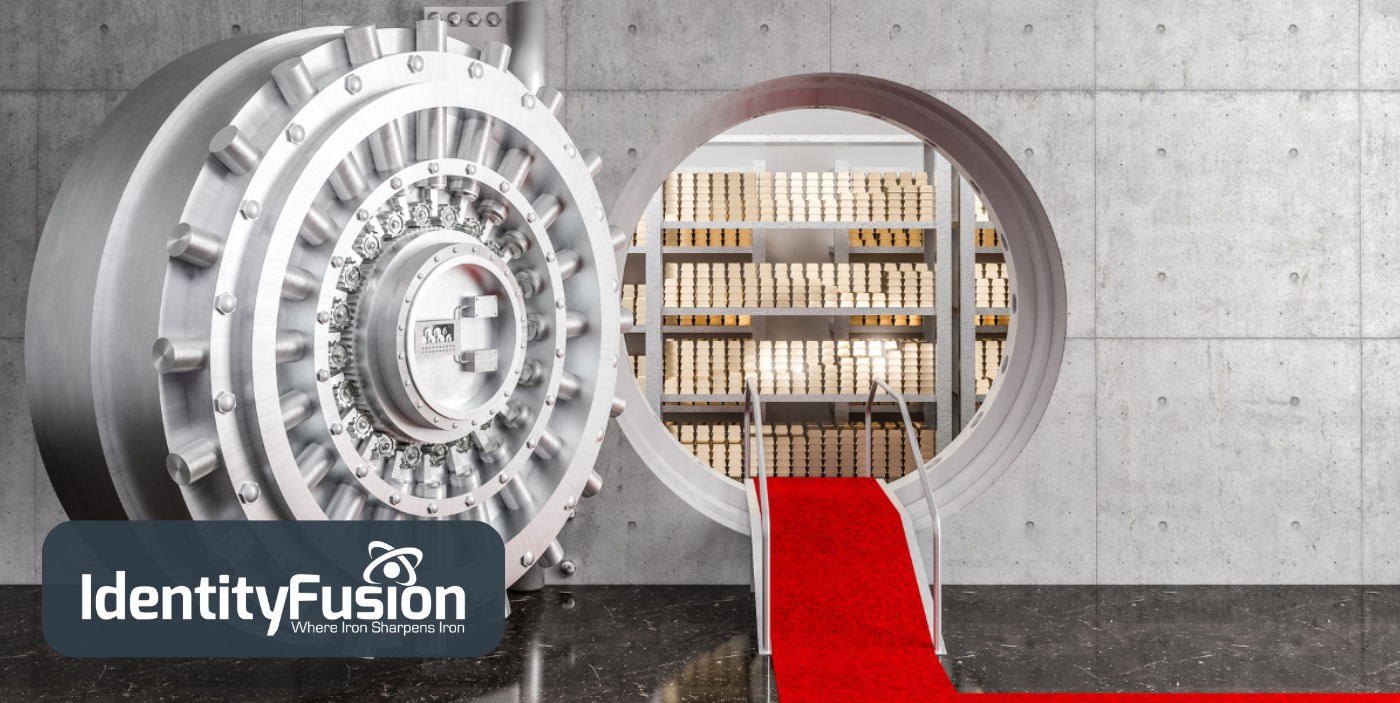The IT Vault Paradox: IT Infrastructure and Cybersecurity

Contents
Introduction
In the digital age, data security has emerged as a paramount concern for businesses. The threat of cyberattacks looms large, with hackers continually devising new ways to exploit vulnerabilities in IT infrastructure. To counter these dangers, many organizations have fortified their systems like impenetrable vaults. Firewalls, network monitors, and Cybersecurity offensive tools;
However, amidst these efforts, one crucial element often gets overlooked – Identity and Access Management (IAM). The new Securities and Exchange Commission (SEC) rules mandating reporting in the event of a cybersecurity breach are a wake-up call for many. It is essential to address the "Vault Paradox" - the apparent strength of a fortified IT infrastructure, overshadowed by the risk of an open IAM door.
The Vault: Symbolization
Imagine an impregnable vault, thick walls with multiple layers of steel, advanced locks, and cutting-edge surveillance. Its impenetrable facade instills confidence, as it signifies the highest level of security for your organization's most valuable assets - sensitive data, customer information, and intellectual property. It instills a feeling of security for management but how secure can it be when the vault door is left open? What is worse is that the architect forgot to design locks for the door. Many IAM implementations share this fault.
In the realm of IT infrastructure, this metaphor is reflected in robust cybersecurity measures, firewalls, encryption protocols, intrusion detection systems, and other state-of-the-art technologies designed to protect against external threats. These measures are indeed crucial in creating a formidable defense against cybercriminals and malicious actors.
However, no IAM “vault” is impregnable if the access is carelessly mismanaged or flawed because of legacy data in your identity stores. The strongest IT infrastructure becomes susceptible if the Identity and Access Management door is left open, leaving corporate assets at risk.
IAM is the foundation upon which access privileges are granted or revoked within an organization. It encompasses user authentication, authorization, and identity management. A comprehensive IAM cybersecurity strategy ensures that the right people have the right access to the right resources at the right time. Conversely, a lackluster IAM approach can lead to security breaches, data leaks, and unauthorized access. Nowhere is this more critical than during a digital transformation initiative where we often see IAM as an afterthought.
SEC Focus on Cybersecurity Breaches
Recognizing the severity of the cybersecurity threat, the SEC has taken proactive steps to protect investors and uphold market integrity. In response to the increasing frequency and impact of cyber incidents, the SEC now requires organizations to report cybersecurity breaches promptly.
The new reporting rules mandate companies to disclose all material cybersecurity incidents, providing investors with timely information about potential risks and impacts. This measure aims to improve transparency and accountability, as companies are encouraged to bolster their cybersecurity measures and address any vulnerabilities promptly.
Addressing the IT Vault Paradox
To safeguard corporate assets effectively, organizations must address the Vault Paradox. Start with a comprehensive assessment of your IAM practices and infrastructure. Use experts in IAM rather than a generalist like the big consulting firms.
In my experience, while the large multi-discipline firms may have IAM practices, they are generalists, more focused on total billings rather than solving issues quickly. The smaller boutique firms have the experience and focus to create an actionable assessment in a reasonable timeframe. Take the results of the assessment and put the recommendations into action. Adopt a comprehensive approach to IAM security by adopting:
IAM Best Practices
Implement IAM best practices, which may include Identity Governance, Privileged Access Management, Multi-Factor Authentication, role-based access controls, frequent access reviews, and privilege monitoring. Additional measures include:
- Continuous Monitoring
Employ continuous monitoring and threat detection tools to identify potential IAM vulnerabilities and suspicious activities promptly. - Regular Audits and Assessments
Conduct regular audits and security assessments to evaluate the effectiveness of your IAM strategy and make necessary improvements. - Employee Training and Awareness
Foster a culture of cybersecurity awareness within the organization through regular training and education. Educate employees on the importance of safeguarding access credentials. Employees should be well-informed about the latest cyber threats and their role in maintaining a secure IT environment. - Update the Incident Response Plan
Develop a robust incident response plan that outlines the improved steps to be taken in case of a cybersecurity breach. This plan should include a clear communication strategy for timely reporting as mandated by the SEC.
By integrating these measures into your organization's cybersecurity and IAM framework, you can strike a balance between building an impenetrable vault-like IT infrastructure while ensuring the IAM door remains tightly secured. In doing so, you protect your corporate assets and remain compliant with the new SEC rules.
Conclusion
The IT Vault Paradox serves as a stark reminder that a fortified IT infrastructure alone is insufficient protection against cyber threats. To safeguard your organization's most valuable assets effectively, a strong IAM strategy and infrastructure must complement your cybersecurity measures. By embracing this comprehensive approach, you can confidently face the challenges of new regulatory requirements and build a more secure future for your organization.
